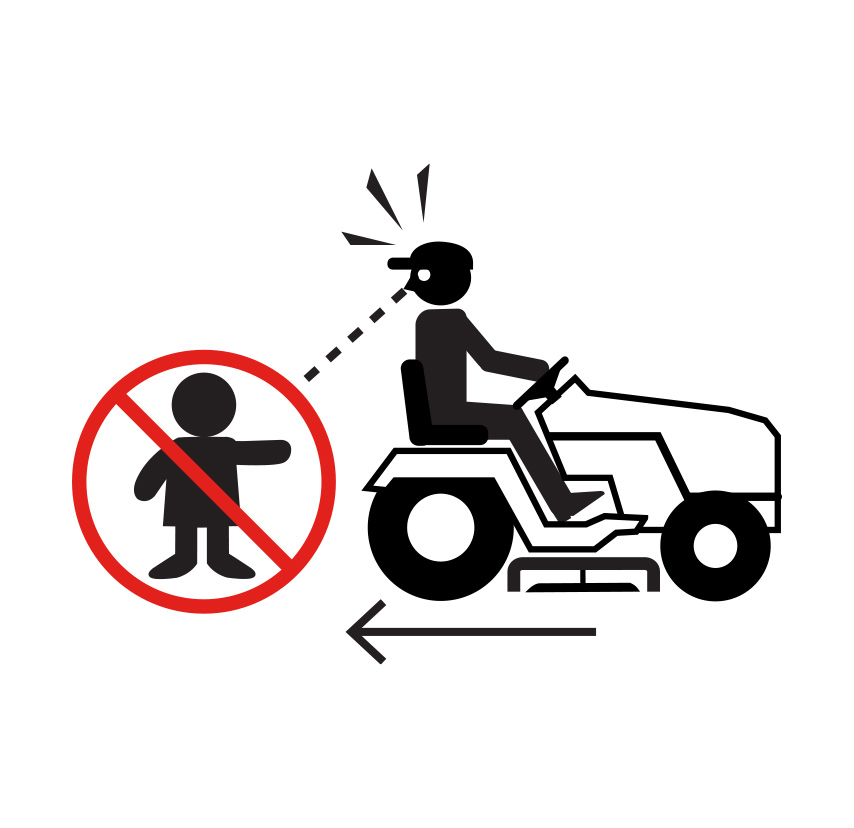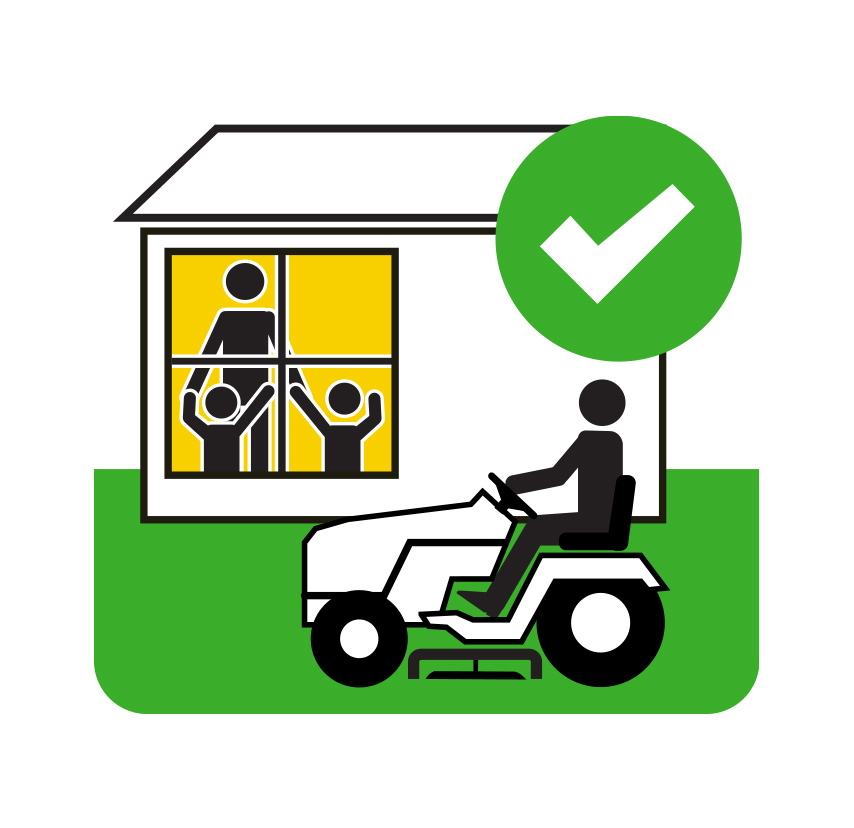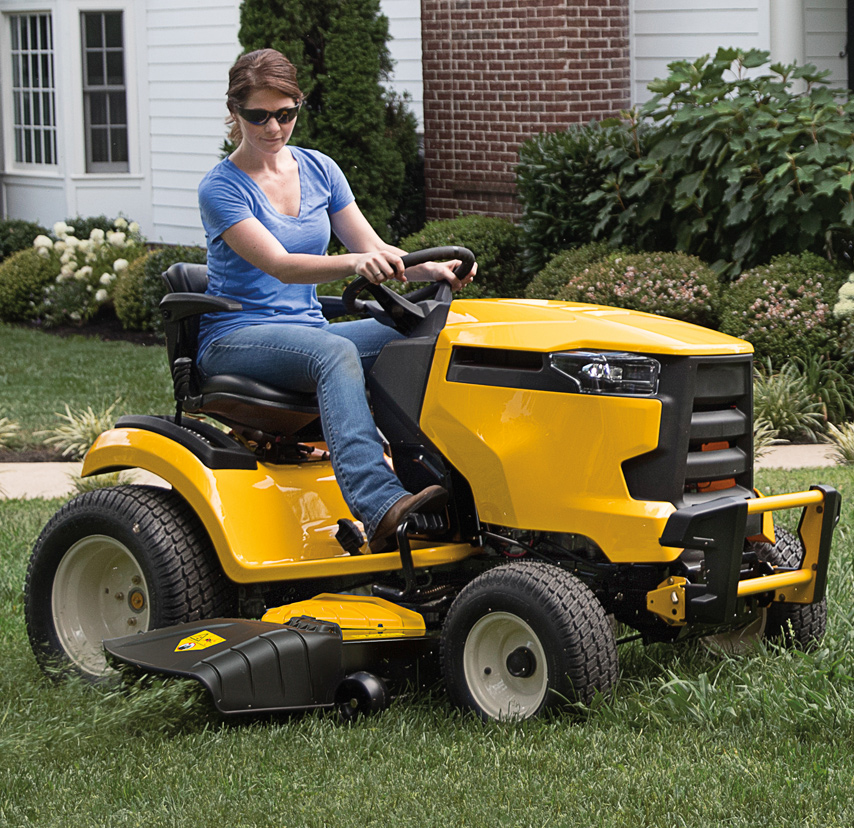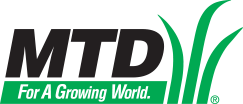It is important for all operators to know how to use outdoor power equipment responsibly, especially riding lawn mowers.
The Outdoor Power Equipment Institute (OPEI) advises consumers to remain alert and aware of where kids and pets are when mowing and to ensure they are out of the work area in the same manner as when operating a car. When backing a car out of a parking space or driveway, the driver automatically looks behind them to make sure the path is clear. The same precaution should be taken when backing a riding mower.
The outdoor power equipment industry safety standards prohibit riding mowers from automatically mowing in reverse. However, manufacturers can allow, in certain situations, operators to temporarily mow in reverse. While mowing in reverse is not recommended, there may be certain situations where operators feel they need to maneuver the mower in areas of their yard to mow in reverse.
To mow responsibly and help keep children, pets, and others safe, follow these steps when operating riding mowers:

- Keep children and pets inside.
- Never let children ride on the operator’s lap or anywhere on the mower, which can cause accidents and injuries.
- Teach children that riding mowers are not toys.
- Clear the mowing area of debris before turning on the engine of the mower. Debris could be picked up by the blade and thrown, causing personal injury to bystanders.
Remember, kids and mowers don’t mix!

Riding Mower Safety Tips
- All operators should read and understand instructions and guidance in the owner’s manual before operation.
- Think first, then reverse. Always check behind to make sure there are no children, pets, or objects before operating a riding mower in reverse.
- Keep hands and feet away from rotating parts and from under equipment.
- Wear eye protection, either safety glasses or goggles, during operation.
- Clear the mowing area of foreign objects.
- Do not mow when children and others are around.
- Never give children rides.
- Slow down before turning and use extra caution on slopes. Do not mow slopes greater than 15 degrees:
-
- For riding mowers, always mow up and down the slope, NEVER mow across the face of the slope. Mowing across the slope can cause the mower to tip over.
- For zero-turn mowers and stand-on mowers, always mow across the face of the slope, NEVER up and down. Mowing up and down the slope may cause the mower to tip over and/or the operator to fall off.

- Keep all safety devices (discharge chute, safety interlocks, belt guards, etc.) in place and working. If damaged, replace immediately. Never remove, bypass, or disable a safety device.
- Disengage blades when not mowing. Never cross gravel areas with the blades engaged. Avoid discharging material against a wall or obstruction which may cause discharged material to ricochet.
- Let engine cool for at least 5 minutes before re-fueling and before storing indoors.
Review, Fire Safety tips and information

Towing Safety
To reduce the risk of a towing related injury, always follow the manufacturer’s weight limit recommendations for towed equipment and towing on slopes.
- Read, understand, and follow instructions and guidance in the operator’s manual.
- Do not tow a load that exceeds 250lbs (113kg) rolling weight and never exceed 50lbs (22kg) tongue weight.
- Never allow children or others in, or on, towed equipment.
- Do not tow on slopes greater than 5 degrees (9%). It is important to note, on slopes, the weight of the towed equipment may affect the ability to stop and/or may cause loss of traction and loss of control.
- Travel slowly and allow extra distance to stop.
